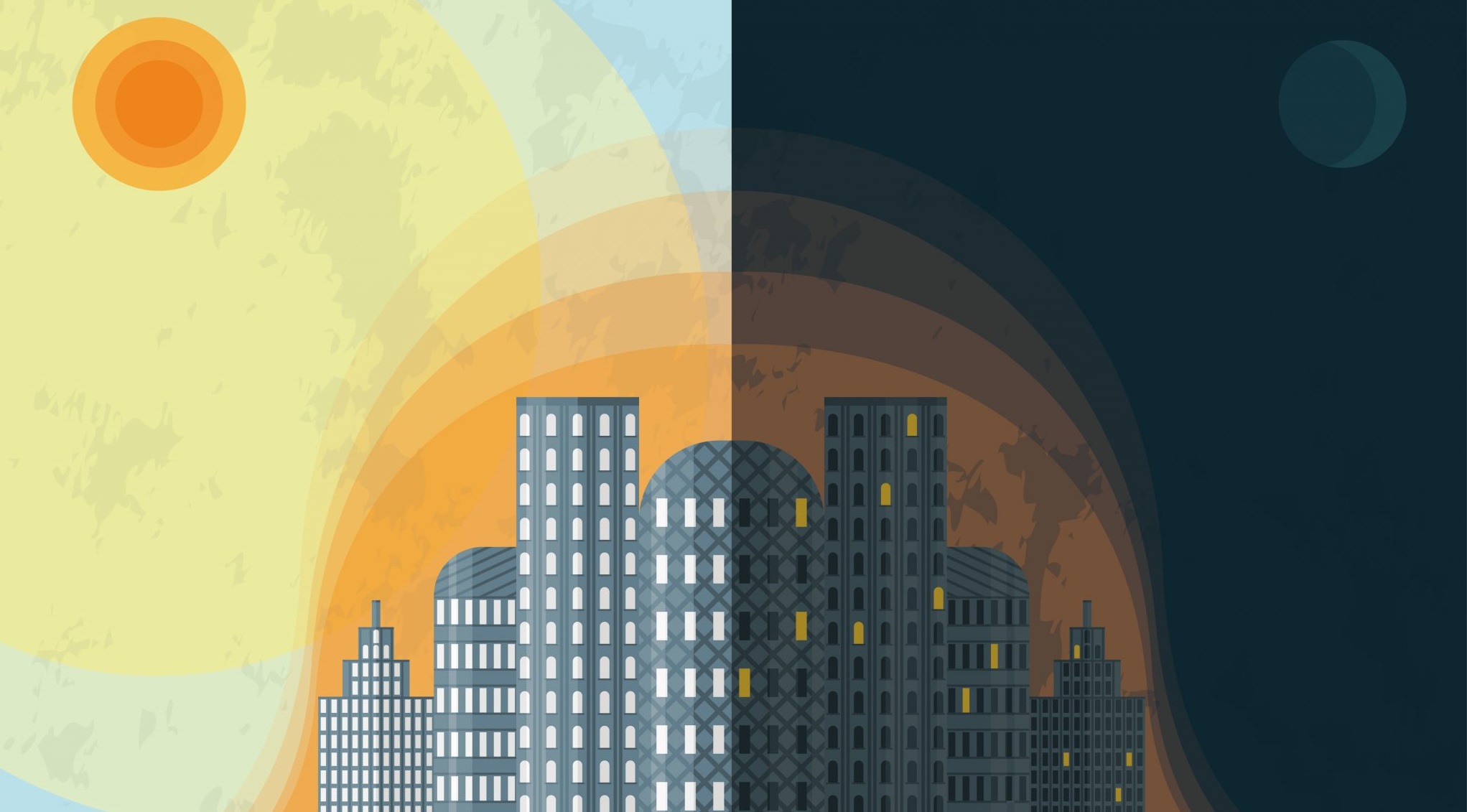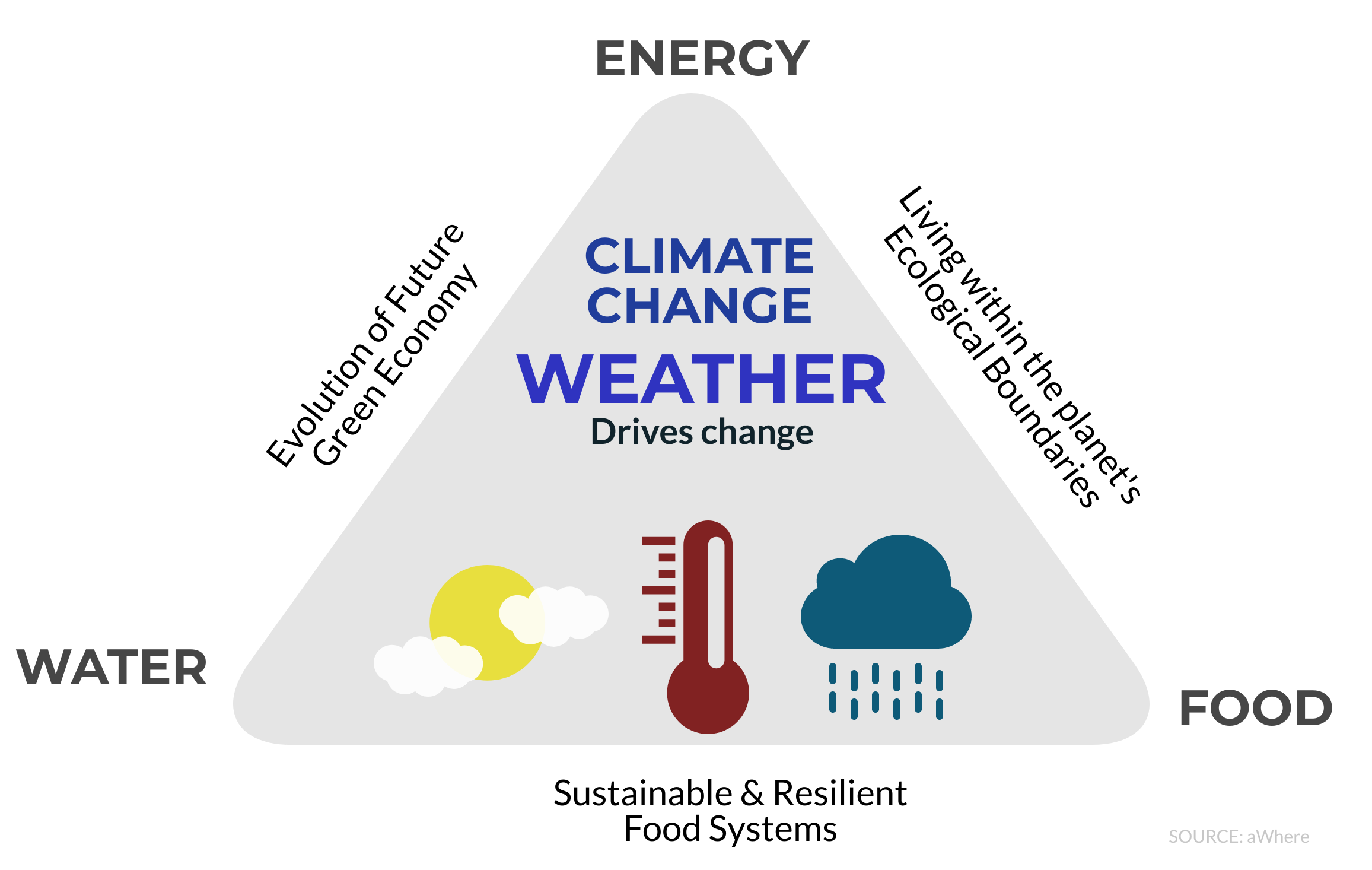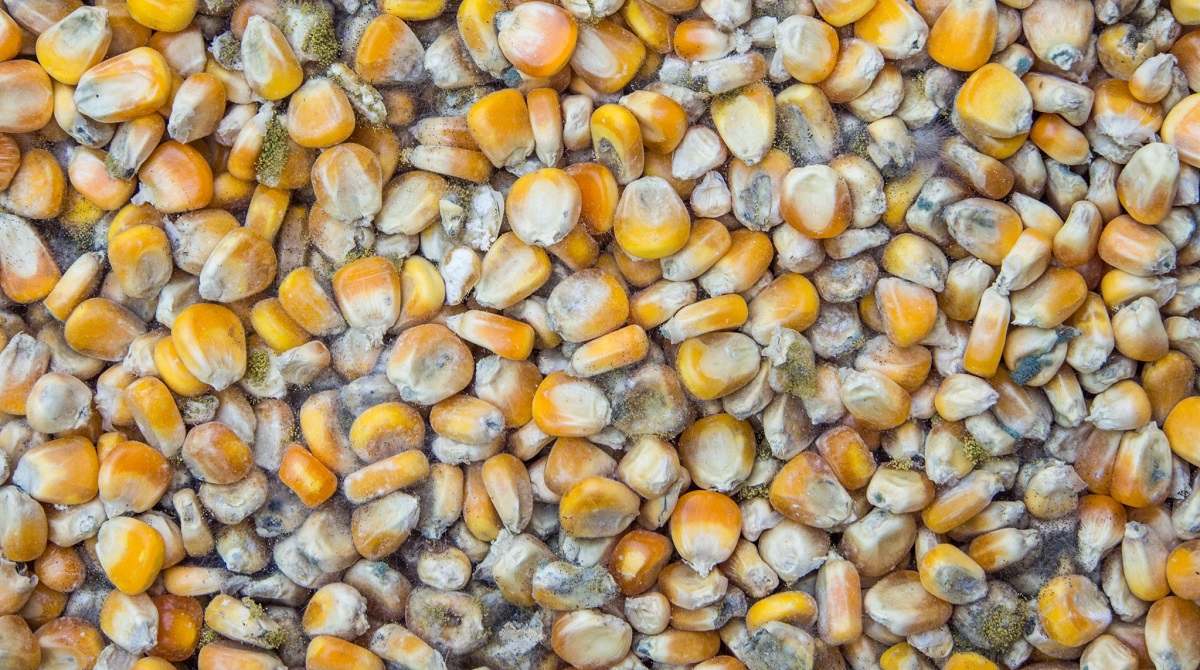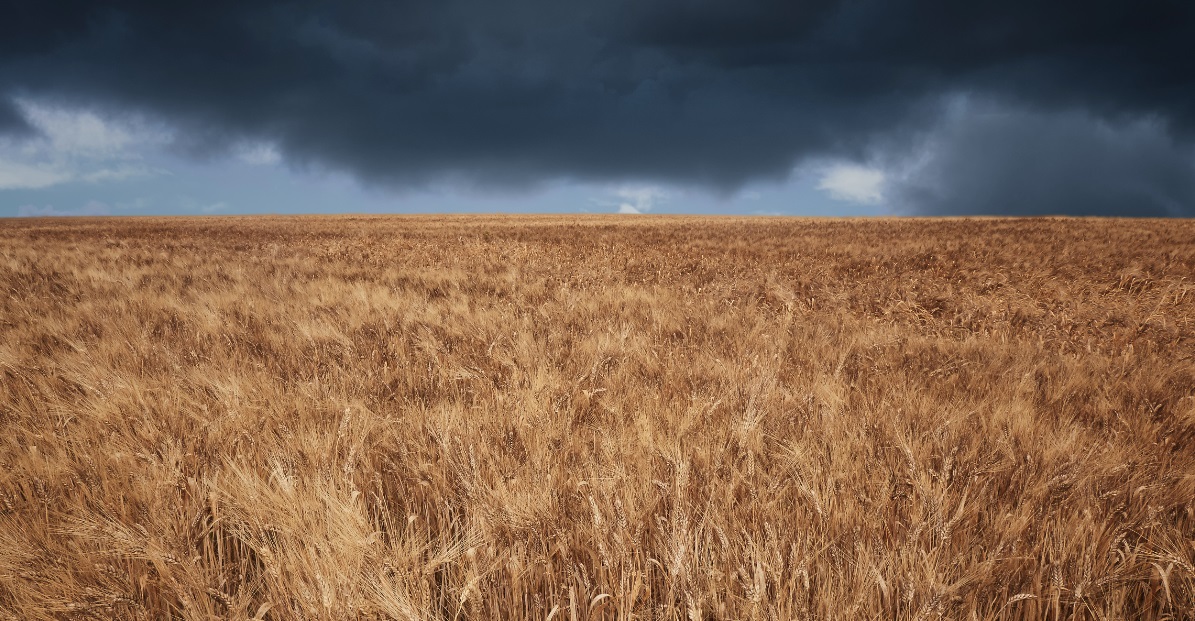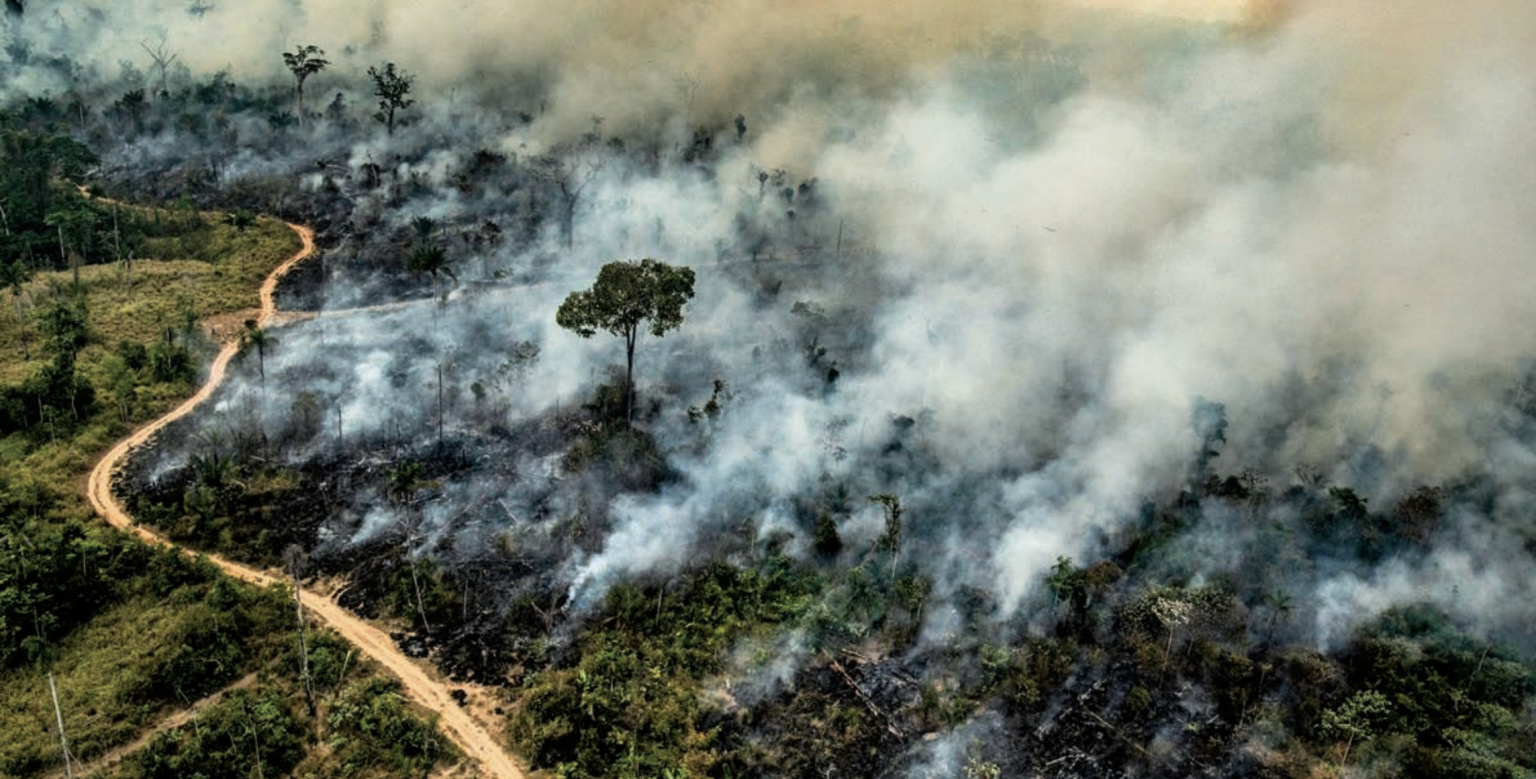The unprecedented heat wave moving across the Pacific Northwest demonstrates the harsh realities of our changing climate. Record high temperatures across the region have killed hundreds as resources to stay cool run low, and cities encourage residents to save as much energy as possible. In Oregon alone, the health authorities have reported 633 heat-related trips to the emergency department and 63 people have died in the state. Intense drought across the afflicted regions has only heightened the extremity of these triple degree days.
2020 was to be the year of Climate Action around the world by a wide range of organizations; at least that was the vision until COVID-19 caused a global pandemic. However, “2020 will likely be one of three warmest years on record,… Ocean heat is at record levels. Extreme heat, wildfires and floods, as well as a record-breaking Atlantic hurricane season, have affected millions of people.
With a La Niña event already arriving, aWhere analysts reviewed what a typical La Niña year looks like in southern regions of South America. Looking at aWhere’s historical, observed data for the 2011-2012 La Niña event, we can better understand the implications for rainfall patterns and the challenges this region could face. Agriculture in this area is an important economic activity and it was greatly impacted by the 2011-2012 La Niña event. We will examine this in more depth in this report.
Maize farmers across Europe face a range of production challenges. Fungal diseases on maize grain impacts yield, quality and in some cases create toxins such as aflatoxin in the case the Aspergillus flavus in maize that are extremely carcinogenic. Tools to monitor and mitigate the risk of these fungal diseases are key to ensuring food safety across Europe.
In 2020, much of Russia has experienced higher precipitation than normal for the critical mid-May to mid-June period. These rainfed wheat production areas, both winter and spring wheat, rely on June rains to support Russia’s record wheat production (see FAO Crop Calendar). However, July 2020 rainfall has been lower than normal in southern Russia and this could adversely impact Spring Wheat production.
Southern Japan, like many parts of the world, has experienced extreme weather events that exceeded the capacity of dams resulting in large-scale flooding, evacuation, loss of life and costly restoration of infrastructure. The warmer atmosphere has led to extreme rainfall events that are overwhelming infrastructure that was built to specifications based on rainfall patterns of 20 to 70 years ago. The dramatic changes in weather patterns of the past decade point to the urgent need to integrate modern weather analytics into the design of future bridges, dams, roads and cities.
The fires in 2019 caused immense damage across the Amazon Basin. A combination of fires being set to clear land for cattle and environmental factors that caused the fires to spread during the tropical dry season (June-December) destroyed millions of hectares of forest. What is making these fires more dangerous are the drying trends in the region.







